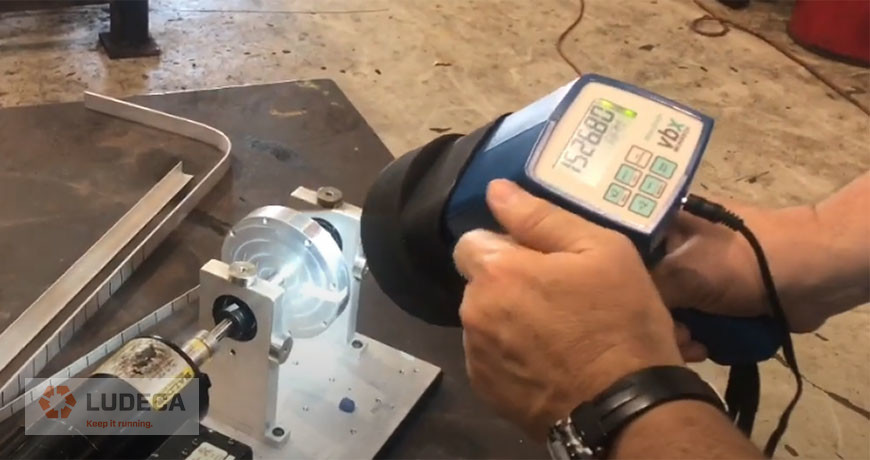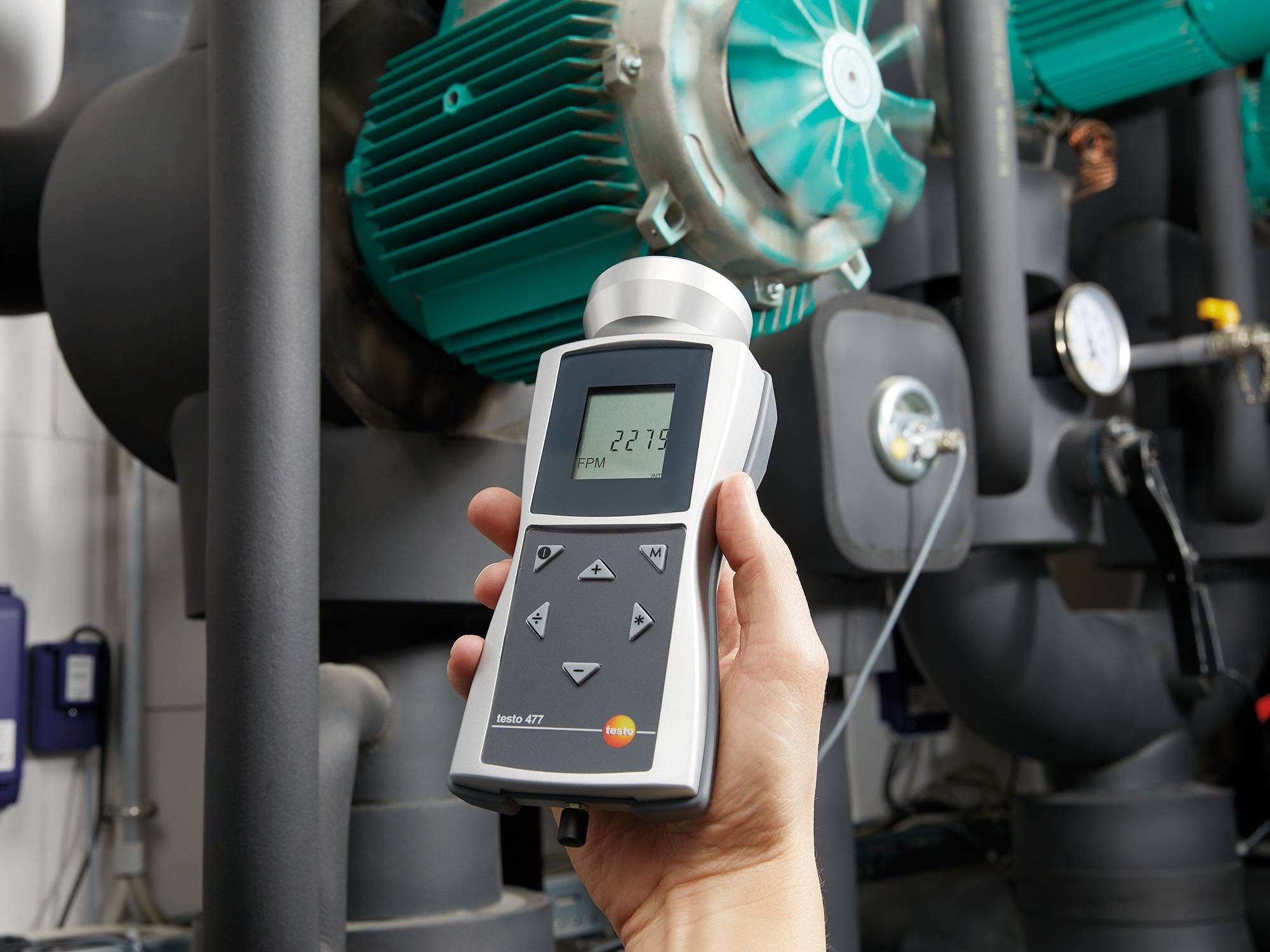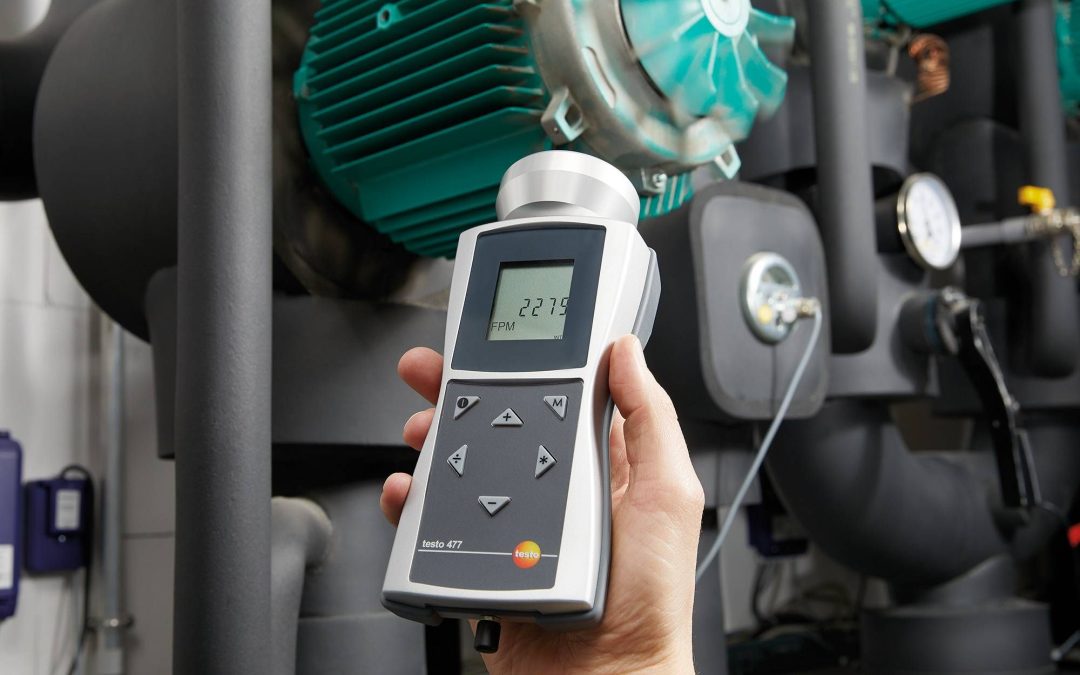In the ever-evolving landscape of industrial quality assurance, understanding how stroboscope works can provide a substantial edge. This technology, with its approved big technology status, plays a pivotal role in ensuring precision and efficiency across various applications.

Introduction to Stroboscopes
Stroboscopes are specialized tools used to make a cyclically moving object appear stationary. They emit quick flashes of light at specific intervals, creating the illusion of a stationary object. This technology is essential in various industries, especially for QA professionals who need to maintain high standards of accuracy.
Historical Background
The concept of stroboscopic illumination dates back to the early 19th century. Initially used in scientific experiments, stroboscopes have since evolved into sophisticated instruments vital for modern industry.
Early Developments
The first stroboscope was invented by the Austrian physicist Simon von Stampfer in 1832. Over the years, advancements in electronics and optics have significantly improved the capabilities and applications of stroboscopes.
Basic Principles
At the core of understanding how stroboscope works lies its basic principles: the frequency of flashes and the timing of these flashes. These elements interact with the cyclic motion of an object, creating the stroboscopic effect.
Frequency of Flashes
The frequency, or the number of flashes per second, must match the speed of the object’s movement. If matched correctly, the moving object appears stationary.
Timing of Flashes
The timing intervals between flashes are critical. Proper timing can help capture detailed visuals of fast-moving objects, essential for quality inspections.
Applications in Industry
One of the most exciting aspects of understanding how stroboscope works is recognizing its vast applications in different industries.
Semiconductor Manufacturing
In semiconductor manufacturing, stroboscopes help in the inspection of wafer polishing. Learn more about this at wafer polishing.
Coating and Paint Inspection
High-speed stroboscopic inspection ensures the uniform application of coatings and paints. This technology is crucial for maintaining product quality. Check out further details on coating inspection.
Genetic Analysis
In the field of genetic research, stroboscopes provide high-speed analysis and monitoring capabilities. Discover more about this application on genetic analysis.
Advantages of Using Stroboscopes
Understanding how stroboscope works reveals numerous advantages:
Improved Accuracy
Stroboscopes help in achieving precise measurements and inspections, significantly reducing errors.
Non-Invasive Testing
This technology allows for non-invasive testing, preserving the integrity of the objects under inspection.
Cost-Efficiency
By identifying issues early in the production process, stroboscopes help in saving time and resources.
Modern Innovations
The advancements in technology have brought about significant improvements in stroboscopes. Modern devices are more compact, efficient, and integrated with digital interfaces for enhanced usability.
Digital Integration
Advanced stroboscopes come with digital interfaces, making it easier to adjust settings and analyze data.
Portable Designs
Modern stroboscopes are designed to be portable, allowing for on-the-go inspections and measurements.
Challenges and Solutions
Despite their benefits, stroboscopes do have some challenges. Understanding how stroboscope works involves recognizing these challenges and finding appropriate solutions.
Light Interference
External light sources can interfere with the stroboscopic effect. Using filters and controlled environments can mitigate this issue.
Complex Calibration
Proper calibration is crucial for accurate results. Advanced stroboscopes come with automated calibration features to simplify this process.
Future Prospects
The future of stroboscopes looks promising, with continuous advancements in technology paving the way for more sophisticated applications.
AI Integration
Artificial intelligence is being integrated into stroboscopes, enhancing their diagnostic capabilities and efficiency.
Expanding Applications
With ongoing research, the applications of stroboscopes are expanding into new fields, offering innovative solutions across various industries.
FAQs
What is a stroboscope used for?
A stroboscope is used to make fast-moving objects appear stationary. It is widely used in various industries for inspection and quality assurance.
How does stroboscopic inspection improve manufacturing?
Stroboscopic inspection provides high-speed visualization and accurate measurement, ensuring quality and efficiency in the manufacturing process.
Can stroboscopes be used in genetic research?
Yes, stroboscopes are used in genetic research for high-speed analysis and monitoring. They help in capturing detailed visuals of fast-moving genetic sequences.

Conclusion
Understanding how stroboscope works has immense benefits. It is a technology that has withstood the test of time, evolving to meet the demands of modern industry. Whether in semiconductor manufacturing, coating inspections, or genetic analysis, stroboscopes continue to play a crucial role in ensuring precision and efficiency. As we look to the future, the prospects for stroboscopic technology are both exciting and limitless.
For a deeper dive into the world of stroboscopes, you can visit the Wikipedia page on stroboscopes for more information.
